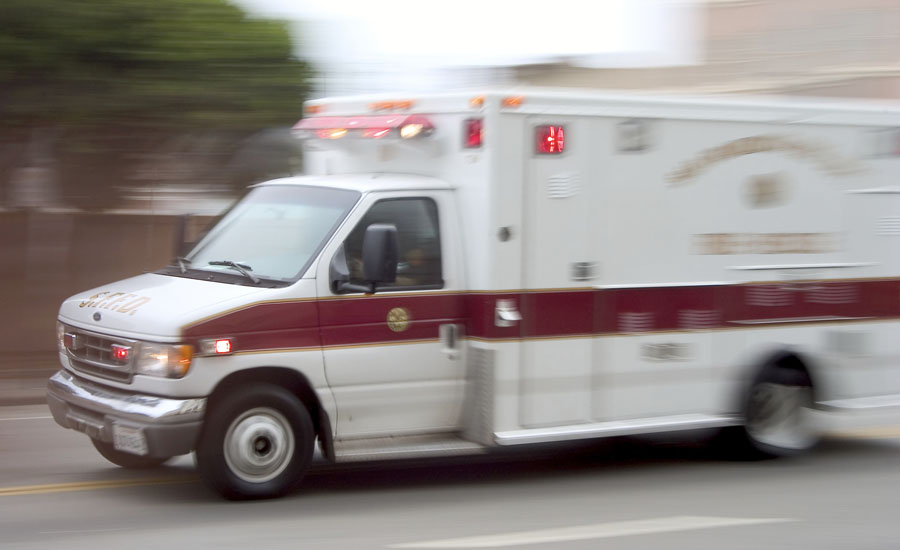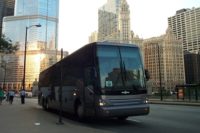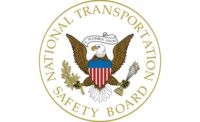Two school bus crashes in 2016 – in Maryland and Tennessee – had something in common, according to the National Transportation Safety Board: (NTSB) a lack of oversight when it came to making sure the bus drivers were fit to drive.
A dozen people killed
The two incidents were included in a recently released NTSB Special Investigation report identifying recurring safety issues in school bus transportation safety. The Nov. 1, 2016 crash involved a Baltimore City school bus and a transit bus and the Nov. 21, 2016, crash of a Hamilton County school bus in Chattanooga, Tennessee killed a total of 12 people and injured another 37.
The report cites the overall safety of school buses yet notes a similarity in the two fatal accidents investigated. The lack of driver oversight which was found to be causal in both accidents. The NTSB found this lack of oversight by not only the school districts in Baltimore and Chattanooga, but also by the motor carriers under contract to the school districts to provide student transportation, which employed the drivers in the two crashes.
Driver safety issues were known
In both cases, school bus drivers continued to operate school buses unsafely, with no remedial action taken, even when driver safety issues were known. In addition to lack of oversight, the Baltimore report focused on medically unfit school bus drivers, and commercial driver license fraud.
The report also addressed safety enhancements for school buses, ranging from lap/shoulder belts to technologies such as electronic stability control, automatic emergency braking, and event data recorders.
“The school bus is still statistically the safest way to get to school,” said NTSB Chairman Robert L. Sumwalt. “This is not about choosing another option. It is about closing gaps in school bus safety. Unsafe drivers are a hazard, unsafe systems allow hazards to persist, and systems cannot be safe without effective oversight.”
Speed, cell phone use a factor
The NTSB conducted investigations of both crashes and noted, in addition to the oversight issues cited in the two accidents, that the cause of the Baltimore crash included the loss of vehicle control due to incapacitation of the bus driver because of a seizure stemming from a long-standing seizure disorder. In the Chattanooga, Tennessee, investigation the NTSB determined that the cause of the crash included the school bus driver’s excessive speed and cell phone use which led to the loss of vehicle control.
As a result of the findings of the special investigation, the NTSB issued 16 safety recommendations: one each to the Federal Motor Carrier Safety Administration, the National Highway Traffic Safety Administration, the State of Maryland and the Maryland State Department of Education, three to the Maryland Motor Vehicle Administration, one to the National Association of State Directors of Pupil Transportation Services, National Association for Pupil Transportation, National School Transportation Association, American School Bus Council, and Maryland School Bus Contractors Association; one to the National Express LLC; one to the school bus manufacturers Blue Bird Corporation, Collins Industries, Inc., IC Bus, Starcraft Bus, Thomas Built Buses, Trans Tech, and Van-Con, Inc.; one to the electronic health record companies Epic, Cerner Corporation, eClinicalWorks, MEDITECH, and NextGen Healthcare; and one to Concentra, Inc.
The NTSB also made one recommendations to 42 states, the District of Columbia, and the territory of Puerto Rico, all of which lack requirements for lap/shoulder belts on large school buses. The NTSB made one recommendation to the states of Florida, Louisiana, New Jersey, and New York to amend their statutes to upgrade their seatbelts requirements from lap-only belts to lap and shoulder belts.
Early in the Baltimore investigation, the NTSB identified deficiencies in the oversight of school bus driver qualifications and operations. To address these failures, the NTSB issued two safety recommendations to the Baltimore City Public Schools and one to the Maryland State Department of Education.
The NTSB also released accident dockets for both crashes, which contain the evidence and information used to determine probable cause. The docket for the Baltimore school bus crash is available at https://go.usa.gov/xQWph and the Chattanooga school bus crash docket is available at https://go.usa.gov/xQ9pf.
A synopsis of the NTSB special investigation report “Selective Issus in School Bus Transportation Safety: Crashes in Baltimore, Maryland and Chattanooga, Tennessee”, including the findings, probable causes for both crashes and a complete list of the safety recommendations is available at: https://go.usa.gov/xQmkC.
The full report will be available on the NTSB website in a few weeks.






